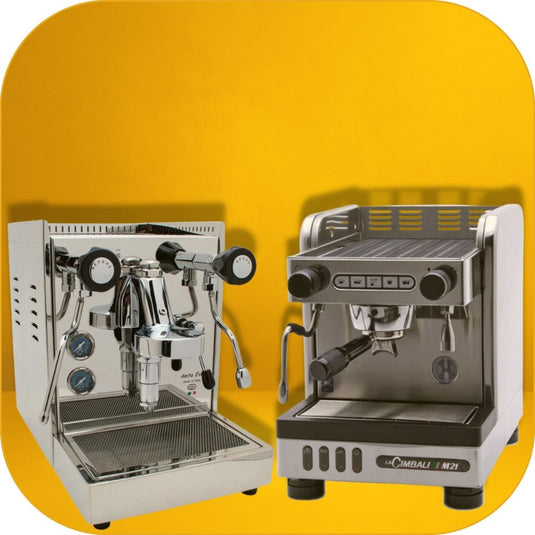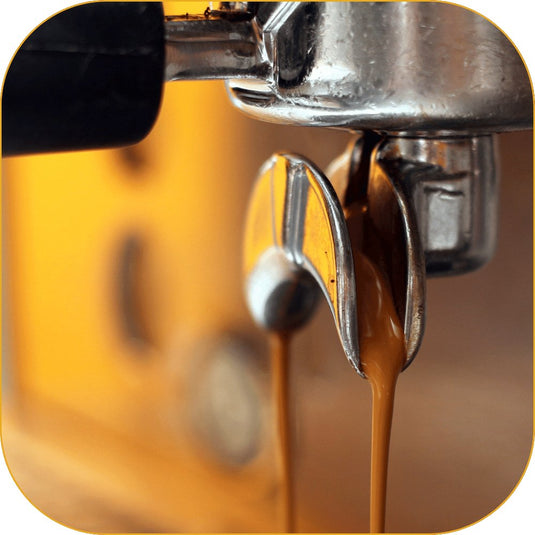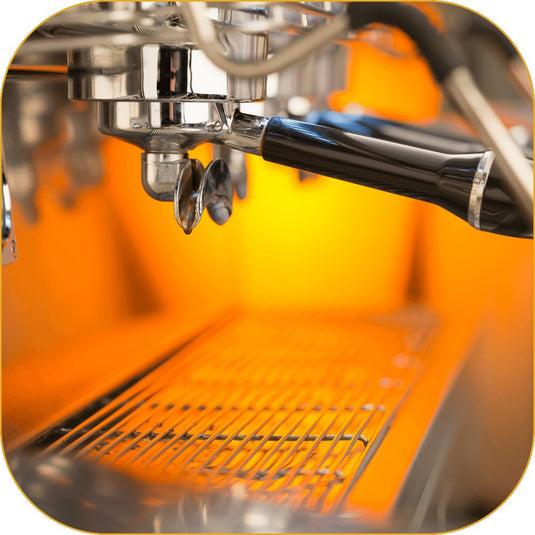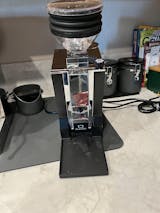What is a Thermoblock?

For espresso enthusiasts, the design of an espresso machine can make all the difference in crafting that perfect cup of coffee. One innovative and efficient design that has gained popularity in recent years is the thermoblock. In this article, we'll delve into what a thermoblock is and explore its pros and cons when compared to traditional Italian heat-exchange and dual boiler brew systems. Two examples of espresso machines featuring thermoblock design are the Ascaso Duo and Quick Mill Silvano Evo.
What is a Thermoblock?
A thermoblock is a heating element integrated directly into an espresso machine. It serves the dual purpose of rapidly heating the water used for brewing and steaming milk. The thermoblock consists of a metal block with a network of channels or pipes through which the water flows. The heating element then surrounds these channels, quickly raising the water temperature as it passes through.
Pros of Thermoblock Design
- Rapid Heating: One of the most significant advantages of a thermoblock design is its ability to heat water rapidly. This ensures that the espresso machine is ready for brewing in a matter of seconds, reducing the waiting time between shots.
- Energy Efficiency: Thermoblock systems are energy-efficient, as they only heat the amount of water needed for each brewing cycle. This helps to conserve energy, making them a more eco-friendly option.
- Compact Size: Espresso machines with thermoblocks tend to be more compact and lightweight, making them suitable for smaller kitchens or spaces with limited counter space.
- Budget-Friendly: Espresso machines equipped with thermoblocks are generally more affordable than those with heat-exchange or dual boiler systems. They offer a budget-friendly option for coffee lovers who desire fast and efficient brewing.
Cons of Thermoblock Design
- Temperature Stability: Thermoblocks might not offer the same temperature stability as heat-exchange or dual boiler systems, especially when brewing multiple shots back-to-back. This could affect the consistency of the espresso extraction.
- Limited Simultaneous Tasks: Since the thermoblock heats water for both brewing and steaming, performing both tasks simultaneously might not be as efficient as with dual boiler systems.
Comparison to Traditional Brew Systems
Italian heat-exchange and dual boiler systems are renowned for their temperature stability and the ability to brew and steam simultaneously. Heat-exchange machines have a separate heat exchanger to maintain a consistent brewing temperature, while dual boiler machines have two separate boilers for brewing and steaming, eliminating any wait time between the two tasks.
While thermoblock systems offer rapid heating and energy efficiency, they might not match the temperature stability and multitasking capabilities of their traditional counterparts. However, they present an excellent option for those seeking a more budget-friendly and compact espresso machine without compromising on speed and convenience.
The Ascaso Duo and Quick Mill Silvano Evo are both fantastic examples of espresso machines featuring thermoblock design. They deliver quick and efficient brewing, making them ideal choices for espresso lovers who value convenience and affordability.
Conclusion on Thermoblock Technology
In conclusion, the thermoblock design in espresso machines offers a viable solution for those seeking fast heating, energy efficiency, and a more budget-friendly option. However, it's essential to weigh the pros and cons and consider your brewing preferences before making a decision. Whether you choose thermoblock, heat-exchange, or dual boiler, the ultimate goal is to enjoy that perfect cup of espresso that fuels your passion for exceptional coffee experiences.



















